European Defence Agency’s AIDED project demonstrates how AI and unmanned systems can work together to detect explosives and IEDs in Europe.
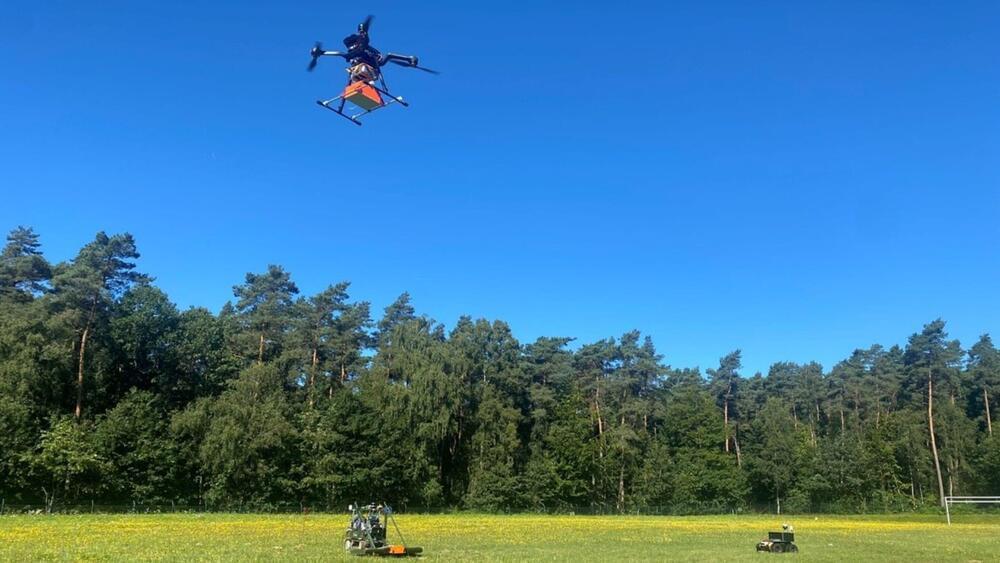

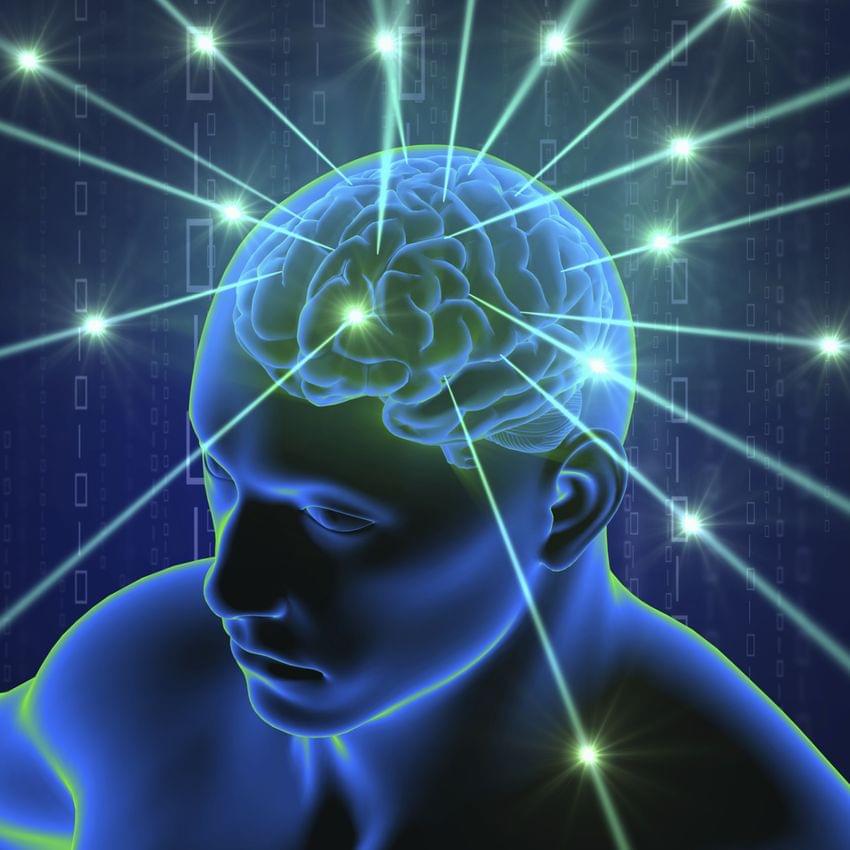
With the rise of brain-interface technology and artificial intelligence that can imitate brain functions, understanding the nature of consciousness and how it interacts with reality is not just an age-old philosophical question but also a salient challenge for humanity.
Can AI become conscious, and how would we know? Should we incorporate human or animal cells, such as neurons, into machines and robots? Would they be conscious and have subjective experiences? Does consciousness reduce to physicalism, or is it fundamental? And if machine-brain interaction influenced you to commit a crime, or caused a crime, would you be responsible beyond a reasonable doubt? Do we have a free will?
AI and computer science specialist Dr. Mahendra Samarawickrama, winner of the Australian Computer Society’s Information and Communications Technology (ICT) Professional of the year, has applied his knowledge of physics and artificial neural networks to this thorny topic.
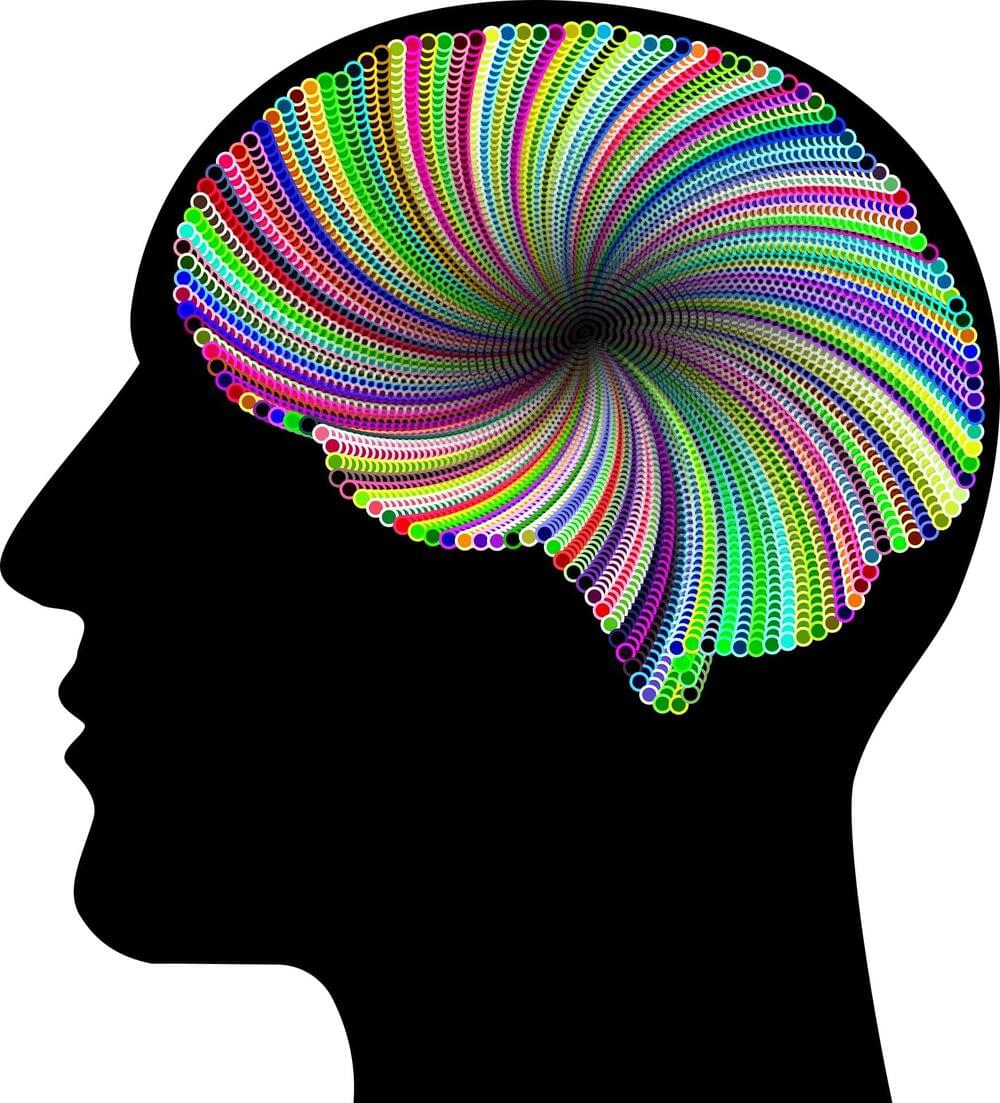
Scientists at the UCL Institute for Neurology have developed new tools, based on AI language models, that can characterize subtle signatures in the speech of patients diagnosed with schizophrenia.
The research, published in PNAS, aims to understand how the automated analysis of language could help doctors and scientists diagnose and assess psychiatric conditions.
Currently, psychiatric diagnosis is based almost entirely on talking with patients and those close to them, with only a minimal role for tests such as blood tests and brain scans.
I really am going to watch this. I love Sci-Fi and AI.
Prepare to meet… The Creator.
Watch the brand-new trailer for #TheCreator and experience the motion picture event only in theaters September 29.
This is a scientifically accurate depiction of where a select few sci-fi star systems are in our galaxy. This has been an obsession of mine for the past few months to show this visually and get a feel for where these systems are around the solar system. Also, it should be noted, that the relative positions of the stars are accurate, but their size is not.
Link to the stories I mentioned:
Star Trek: Stellar Cartography — https://amzn.to/3RN4SKz.
Project Hail Mary-https://amzn.to/3RJTzm7
Contact Carl Sagan — https://amzn.to/46oV79W
Flight of the Dragonfly (Rocheworld) Robert L Forward — https://amzn.to/3S541oL
Movies and TV: avatar, deep space 9, TNG, voyager, event horizon, lost in space, babylon 5, dune, and alien.
The data used for the star positions is the HYG database, specifically the HYG 3.5. https://github.com/astronexus/HYG-Database.
Twitter: https://twitter.com/OverviewEfect.
Instagram: https://www.instagram.com/overviewefects/
3D models by rossrobotics, uperesito, and morenostefanuto.
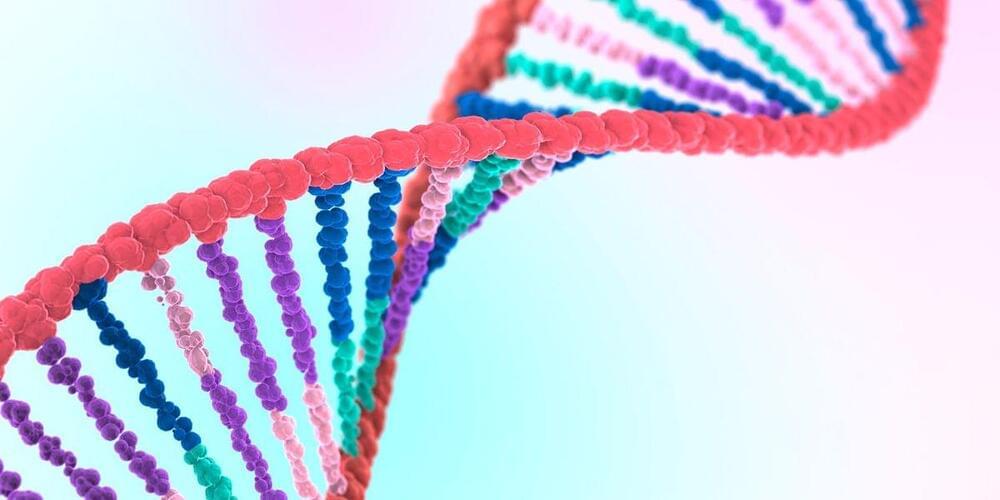
“We use these probes to fish out molecules of interest in the sample,” says Ivanov. “We know which barcode corresponds to which probe. This allows us to detect whether a molecule is present in solution or not. In a way we are fingerprinting what’s inside the solution.”
“It was the synergy of bringing it all together that makes this work important. This includes the precision with which you sequence, the ability to control the transport of the analyte, and also elements of machine learning to be able to reconstruct the signal.” —Aleksandar Ivanov, professor of chemistry, Imperial College London
Combining DNA bar coding and nanopore sequencing makes for a powerful technique by pairing both selectivity and sensitivity to more effectively screen for diseases, says Edel. “In the context of personalized [medicine] and being able to perform more effective diagnostics and screening, there are two aspects at play. One is getting a better snapshot of a patient by detecting an array of biomarkers. And for some diseases, biomarkers—especially in the early stages—are found at very low concentration. So being able to detect on an individual basis at low concentrations is absolutely critical.”

Geoffrey Hinton hails the benefits of artificial intelligence but also sounds the alarm on such things as autonomous battlefield robots, fake news and unintended bias in employment and policing.
Geoffrey Hinton, who has been called “the Godfather of AI,” sat down with 60 Minutes.
Hinton is a British computer scientist and cognitive psychologist, best known for his work on artificial neural networks — aka the framework for AI. He spent a decade working for Google before leaving in May of this year, citing concerns about the risks of AI.
Computer scientist and cognitive psychologist Geoffrey Hinton says despite its potential for good, AI could one day escape our control.
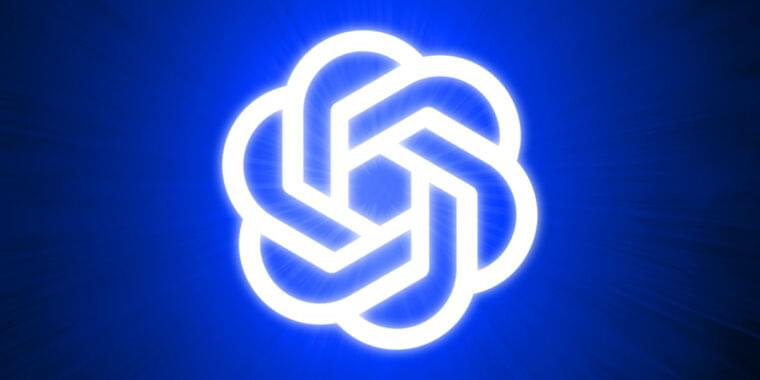
OpenAI, the creator of ChatGPT and DALL-E 3 generative AI products, is exploring the possibility of manufacturing its own AI accelerator chips, according to Reuters. Citing anonymous sources, the Reuters report indicates that OpenAI is considering the option due to a shortage of specialized AI GPU chips and the high costs associated with running them.
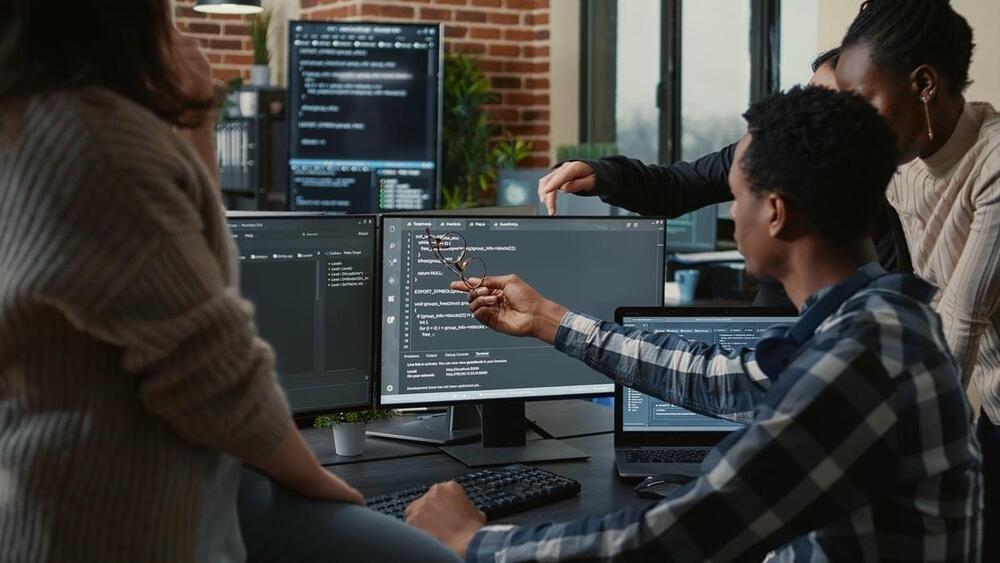
A new Gartner poll reveals that genAI technology is being deployed by organizations for three key business processes, while a Google Cloud poll shows enthusiasm for AI tools among developers.
A poll of more than 1,400 executive leaders revealed a threefold increase in organizations piloting generative AI (genAI) and more than a doubling of those who have placed the tech into production.
The new Gartner Research survey revealed that 45% of organizations are running genAI pilots, and another 10% have put genAI solutions into production — a significant increase from an earlier poll conducted in March and April 2023, in which only 15% of respondents were piloting generative AI and 4% were in… More.
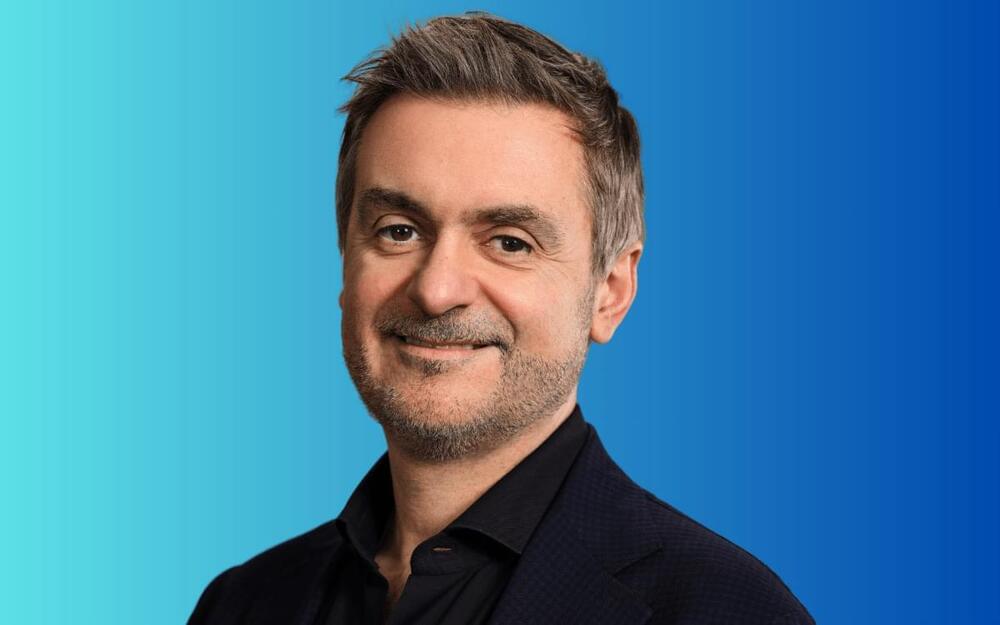
VentureBeat presents: AI Unleashed — An exclusive executive event for enterprise data leaders. Network and learn with industry peers. Learn More
With all the generative AI hype swirling among evangelists, one might think that the Fortune 500 is galloping wildly towards putting large language models (LLMs) into production and turning corporate America into one big chatbot. To that, I say: “Whoa, Nelly!” — meaning, think again.
That’s because for all the C-suite executives out there feeling generative AI FOMO and getting pressure from CEOs to move quickly to develop AI-centric strategies, things are actually moving far slower than you might imagine (or AI vendors, who warn companies about falling behind, might want). As I reported back in April, there’s certainly no doubt that executives want to access the power of generative AI, as tools such as ChatGPT continue to spark the public imagination. But a KPMG study of U.S. executives that month found that a solid majority (60%) of respondents said that while they expect generative AI to have enormous long-term impact, they are still a year or two away from implementing their first solution.